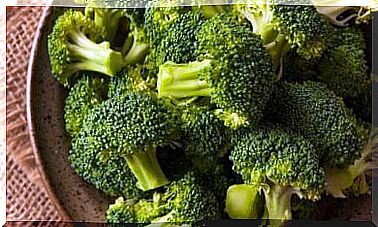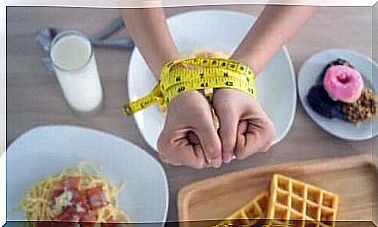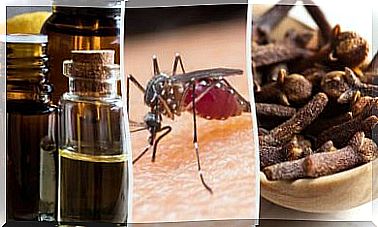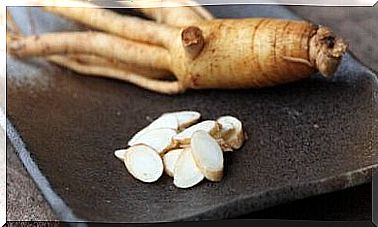8 Tips For Washing Up By Hand

Eating homemade food is one of the best things in life. After eating comes a task that only a few people like. This is one of the tasks that people least care about: We’re talking about hand washing. In today’s article, we share 8 tips for washing up by hand.
Although there are dishwashers, many people do not have them. In addition, some people prefer to wash by hand because not everything can go in the dishwasher. Dishwashers also use a lot of power and require specific detergent.
It also has its benefits to wash up by hand. For example, it can save water and consume less energy. In addition, this job teaches children about responsibilities and teaches them the importance of working together.
Common mistakes when washing by hand
Although washing dishes is a simple and intuitive task, it is also easy to make mistakes. These mistakes can endanger your health or damage your plates and utensils.
Therefore, we need to look at some of the most common mistakes people make when washing up. Our kitchens are the space in our home with the most bacteria, especially at the sink. Pay attention to the following errors so you can avoid them and wash up more efficiently.
To let things pile up
Stacking large piles of dishes, pots, glasses and utensils is common but not useful behavior. The first reason is that it creates more work for you.
In addition, it causes the food to dry out and it becomes harder to remove. It also causes bacteria and fungi to reproduce. Therefore, it is best to wash your plates and utensils while cooking.
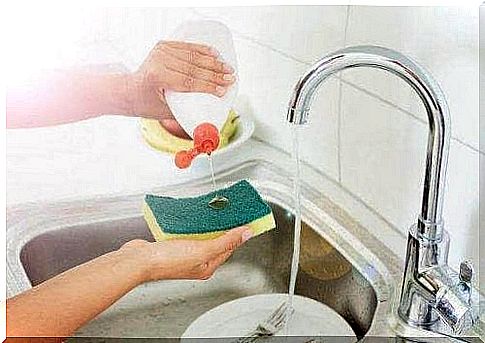
To use the same sponge for everything
Have you ever taken a sip of water but had to stop because the glass smelled bad? This usually happens because you use the same sponge to wash everything.
Instead, it is best to have one sponge for your glasses, another for pots and a third for dishes, cutlery and utensils. This also helps you to avoid contamination between different substances.
To ignore the tea towels
Many people replace their kitchen sponges with cloths. And some people dry their dishes with tea towels before putting them back in their closets.
However, bacteria can grow in the fabric of these tea towels. Therefore, it is important to wash them with warm water after each use and if possible give them a ride in the dryer at a high temperature.
To use cold water
It is very common for people to wash up in cold tap water. However, this mistake can make your kitchen a habitat for bacteria.
The US Food Safety Portal points out that it is important to wash cutting boards, dishes, utensils and countertops with warm soapy water to avoid cross-contamination.
To help with that, you can also fill a large tub with hot water and put your plates and utensils in it. However, it is important to wear gloves or take other precautions to ensure that you do not burn yourself. It is also best to keep children away from the hot water while washing up.
Not to remove food debris first
Often we put things in the sink and we start washing them right away. However, this bug makes it harder to wash and we end up using more water.
Instead, it is best to remove leftovers first and throw them in the trash. You can use kitchen roll to do that. Then it will be easier to wash up.
Tips for washing up by hand
Although it is not always a pleasant task, it is still necessary. So you have to do it right. You can also make it more comfortable if you have a good attitude towards it. There are also some tricks you can use to facilitate the process.
Here are some tips that will make the job easier and more hygienic.
1. Pay attention to your mushrooms
Research published in the International Journal of Food Microbiology examined the growth and development of bacteria in fungi and brushes for dishwashing. The results indicate that they are a habitat for bacteria such as Salmonella. This is because they are exposed to food liquids and water.
In addition, the same study showed that it is more hygienic to use brushes than sponges for washing dishes by hand. So if you want a more environmentally friendly home, you can replace your sponges with brushes made of wood and natural fibers. The fibers help you distribute the soap.
However, if you prefer to use sponges, pay special attention to bad smells or color changes. These are signs that you need to replace them.
2. Disinfect your sponge or brush frequently
In addition to changing the sponge often, it is also important to clean it thoroughly daily or at least 4 times a week. You should also do it with cloths and brushes.
To clean them you can use boiling water and a splash of vinegar. You can also toss your sponge in the microwave for a minute as long as it is not wet.
3. Use a net
Washing by hand can lead to a lot of food waste going down the drain. Over time, this problem can end up clogging your pipes.
For this reason, we recommend using a net so that it catches leftover food. These are also good in situations where things accidentally fall into the sink, such as a ring.
4. Wear gloves
Washing your hands can dry out your hands and weaken your nails. No one wants to touch wet leftovers either.
Wearing gloves is an excellent idea to help you take care of your skin and make this task more comfortable. Try to buy them in a size that fits your hands and do not share them with others in your house. It is best for each member of your family to have their own pair.
5. Use homemade cleaners when washing up by hand
There are things we all have in our closets that can help with the cleaning processes. For example, vinegar, baking soda, coffee and lemon are all useful.
You can use hot water with lemon and baking soda to get rid of fat. In addition, vinegar can prevent containers from developing mold. In addition, coffee grounds are absorbent and help remove stubborn grease that is stuck in pans.
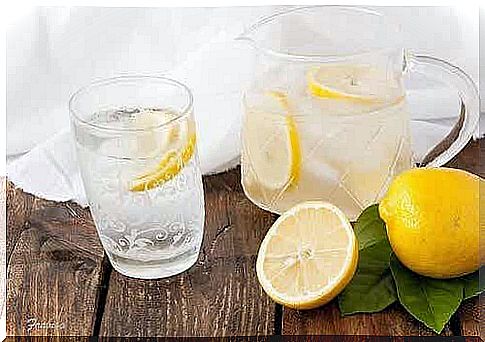
6. Wash your hands in the correct order
Although it seems that there is not much science about washing up by hand, it is a good strategy to do it in a certain order. In the same way, it is useful to put them in a dishwasher in an organized way.
First wash glass and any glass containers. Then take plates and cutlery. When it comes to cutlery, it is important to wash each one and not try to wash them in portions. They will not be clean if you do. Finish with the pots and pans and leave them with some fat on at the end.
7. Soak it that can not come off when you want to wash up by hand
If you have a plate of food stuck to it, it is best to soak it in warm water for a few hours. You can also take precautions to avoid this.
If you are cooking food that tends to harden over time, it is best to rinse the dish immediately. Some examples of these foods are oatmeal, cake batter or chocolate.
8. Use lemon or salt to remove bad odor
Dishes, utensils and pans often have an unpleasant odor. For example, they may smell like rotten eggs.
However, you can use two tricks when washing up by hand to help control these odors. Soak the dish in warm water with salt in. Then add lemon juice to the water when rinsing the bowl after washing. They both help.
Conclusion on washing up by hand
Now that you know some tips for hand washing and the mistakes you should avoid, our last piece of advice is to buy a good wash. This is important because humid and wet environments are the perfect habitat for bacteria to grow and cause bad odors.
So be sure to dry and clean your sink after you wash up. Otherwise, it collects bacteria. You can clean it with bleach once a week to remove any bacteria.



